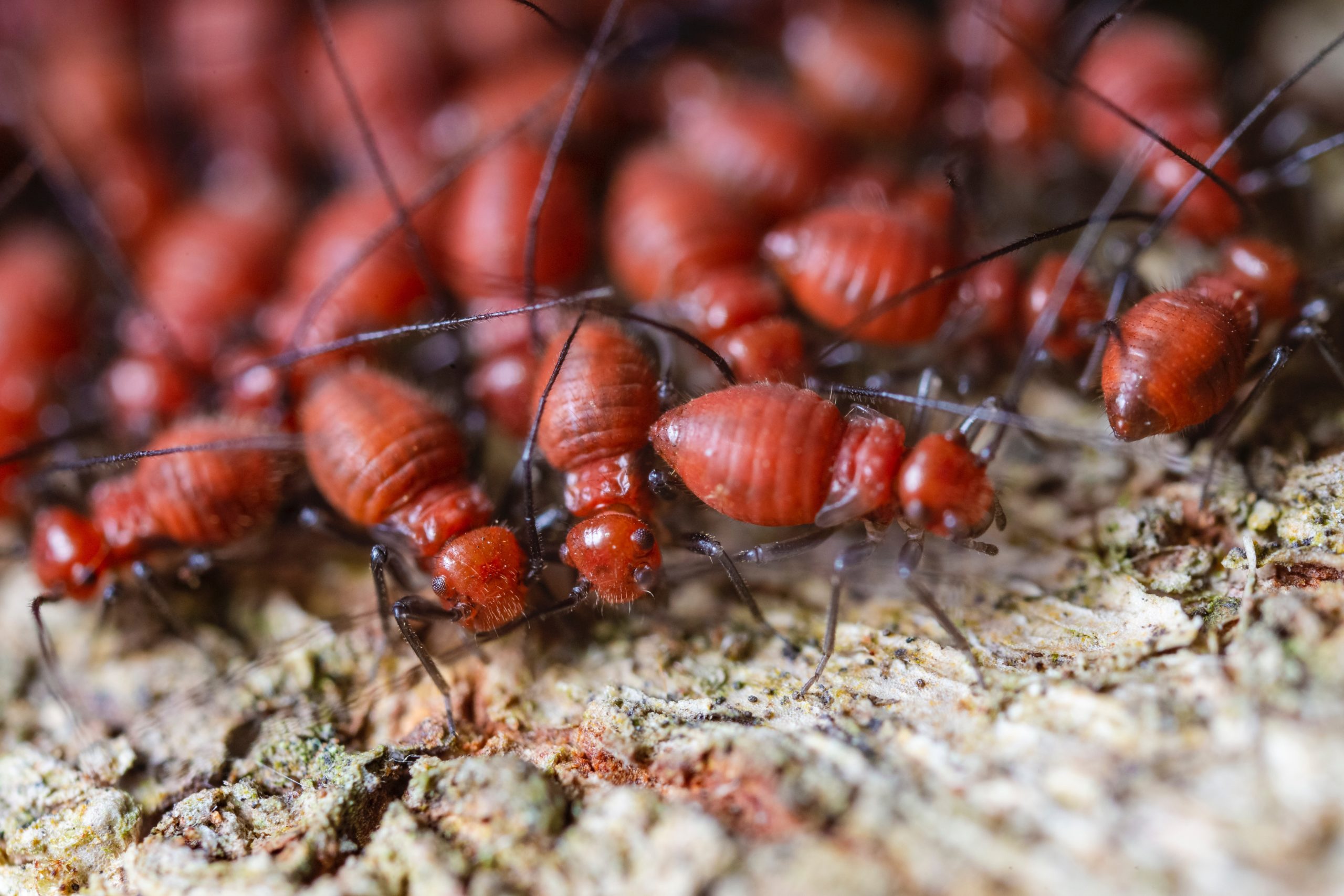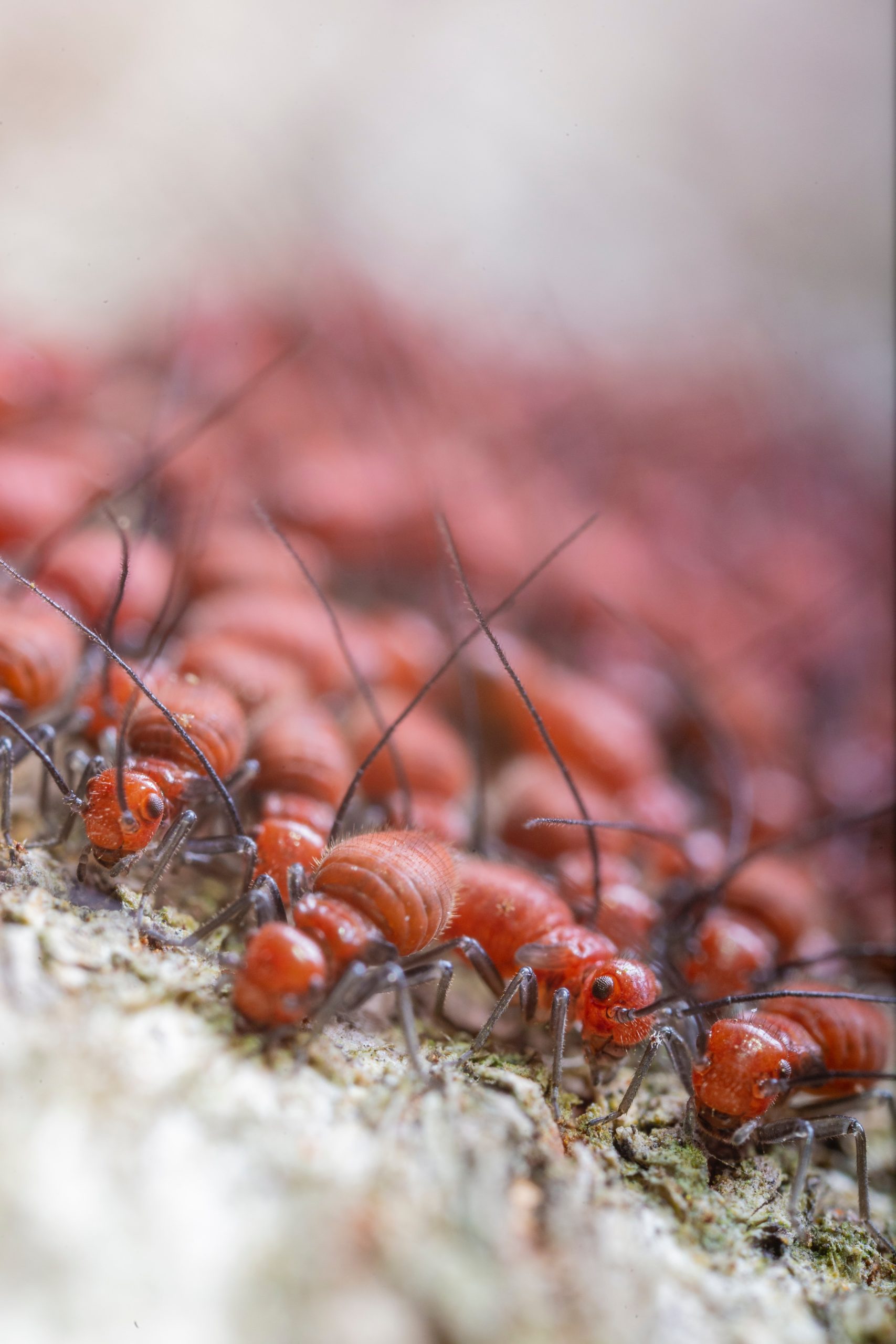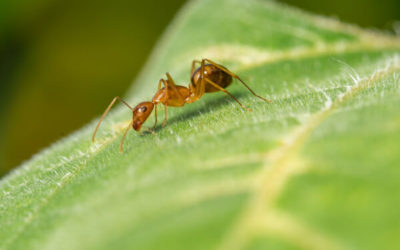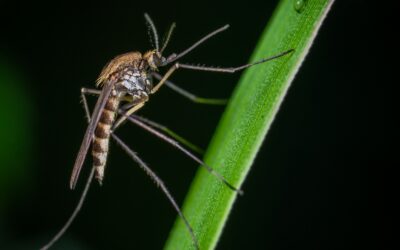
Noticing tiny holes in the wooden parts of your house? Termites are most likely responsible
Owning a home can be one of life’s greatest pleasures. Some people especially enjoy the historic look of a craftsman bungalow, the rustic feel of a log cabin, or the gingerbread charm of a Victorian cottage. Many homeowners’ favorite architectural styles utilize wood as a primary construction material. Even brick or stone houses may be built atop a pier-and-wooden beam foundation–especially in Arkansas and Oklahoma. Unfortunately, termites pose a serious threat to even the most well-constructed home.
What kind of termites are found in Arkansas and Oklahoma?
Over 45 different species of termites may be found in the United States, and all of these fall under three main types of termites: Subterranean, Drywood, and Dampwood. The Subterranean is the most common type of termite found in Arkansas and Oklahoma. While at least three species of this type of termite may be found in this area, it is the Eastern Subterranean termite that is most common and causes the most problems for homeowners. The Dark Southern Subterranean and the Light Southern Subterranean termite species are also present, but tend to cause less damage because they are less likely to infect man-made structures.
Are Subterranean termites destructive?
Of all the types of termites, the Subterranean termites are known as the most destructive to man-made wooden structures. While all kinds of termites can cause damage to wood, Subterranean termites are the fastest to cause damage and the most prolific to reproduce (especially in the environmental conditions of Arkansas and Oklahoma.) This type of termite is also the most attracted to man-made wooden structures rather than living, growing trees or other sources of wood with natural origins.

Just how much damage is caused by the “most destructive” type of termite?
Scientific research has revealed that Subterranean termites cause greater amounts of damage to human homes than all of the damage caused by any other natural disasters, combined. It has been estimated that in the United States, over $3,000,000,000 ($3Billion) dollars of economic loss is faced by homeowners due to damages caused by Subterranean termites, including the costs of repairing all of the structural problems that ensued.
What are some signs of termite activity and what should be done?
If you see tiny holes in your drywall, blistered floorboards, or peeling wallpaper or paint, or if you notice your doors and windows are frequently stuck, you should look closely for further warning signs of termite infestation. If you discover discarded wings in your window sills, find mud tubes around your foundation, or hear new, hollow echoes when you knock your floorboards, walls, or other wooden structures, you should immediately contact a professional. These are serious signs of a termite infestation that should be addressed as soon as possible in order to mitigate damage and prevent further, more expensive problems that can destroy the value of your home if left unchecked. Contact West Termite, Pest & Lawn to learn more.
More posts from West Termite, Pest & Lawn
Deterring Ants from Going Into Your Kitchen
Ants are among the most common household pests, and the kitchen, with its abundant food sources and moisture, is a prime target for these tiny invaders. Understanding how to deter ants from entering your kitchen involves a combination of preventative measures,...
Diseases That Rodents Can Bring
Rodents, while often small and seemingly innocuous, are significant carriers of numerous diseases that can pose serious health risks to humans. These pests, including rats and mice, thrive in various environments, often seeking refuge in human dwellings where food,...
Dealing with Mosquito Season
As the weather warms up, many of us look forward to spending more time outdoors, enjoying our yards, and hosting barbecues. However, with the arrival of summer comes the unwelcome presence of mosquitoes. These pesky insects are not just a nuisance; they can also pose...



